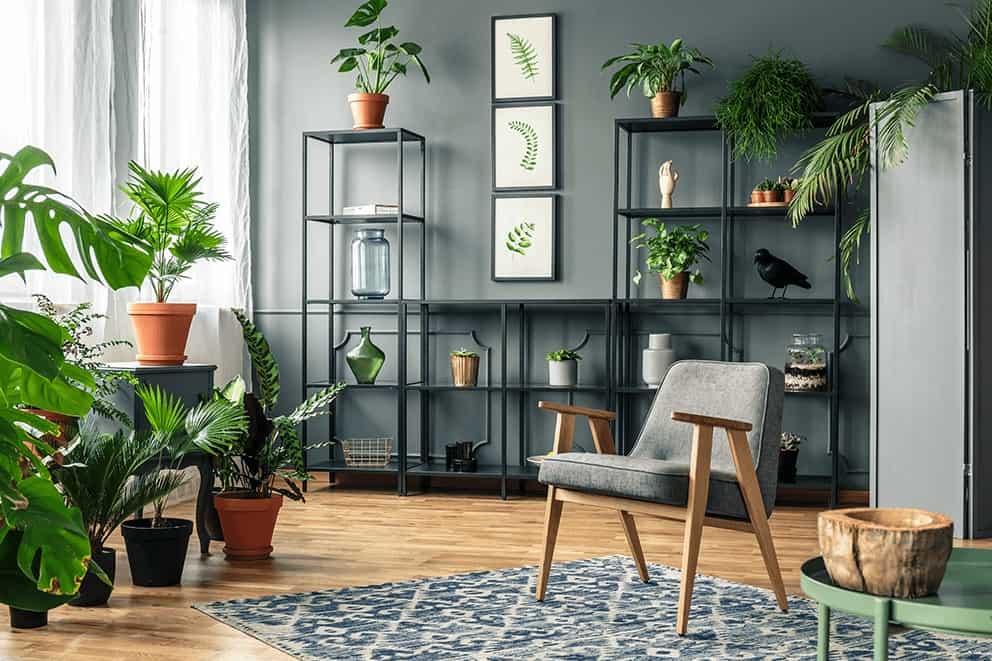
You must have noticed how all your green babies are dying when you try to grow them inside your house. All you will find are dead stems and leaves if you do not know how to take care of indoor plants. If you ever had indoor plants wilting away you might have believed that you are not cut out for growing plants or don’t have a green thumb. Well, let us tell you that that’s not an issue. The truth is anyone can be the perfect green parent if they just knew how to get through it.
This article is your one-stop destination for how to take care of indoor plants specific to their scientific families and some general guidelines on maintaining plants inside your house. Take a look at the 1op 10 indoor plants that can be your forever work desk companion.
How to Take Care of Indoor Plants: Step-by-step Instructions on Maintaining Indoor Plants
1. Ponytail Palm (Beaucarnea recurvata)
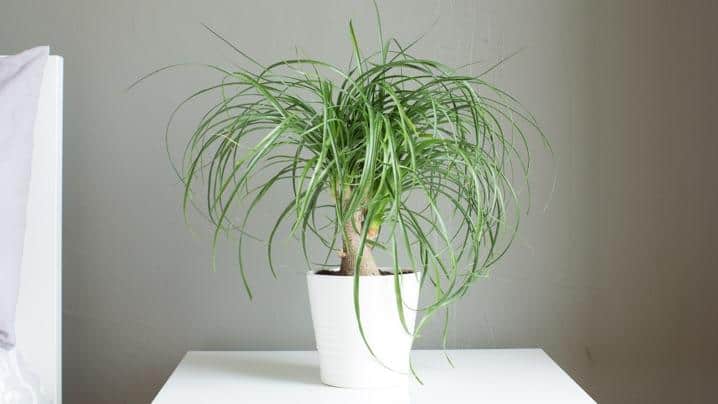
A ponytail palm tree is neither a palm nor a tree; it is a member of the Asparagaceae family. They are called ponytails because the plants’ leaves hang down like a pony. They are easy-to-grow evergreen perennial indoor plants that require bright light. If you keep the plant in low light for half the year and provide it with bright light conditions for the other half of the year, it will still grow. This plant is succulent and can be best grown in dry conditions.
How To Take Care Of Indoor Plants: Ponytail Palm
- Ponytail Palm plants require dry soil and it is recommended that when you re-pot them, use a pot that is only 2 inches wider than the previous pot.
- If grown in big pots, this plant can absorb a lot of water which can kill the plant and is capable of damaging its growth.
- It is recommended to fertilize them 2 or 3 times a year.
2. Snake Plant (Dracaena trifasciata)
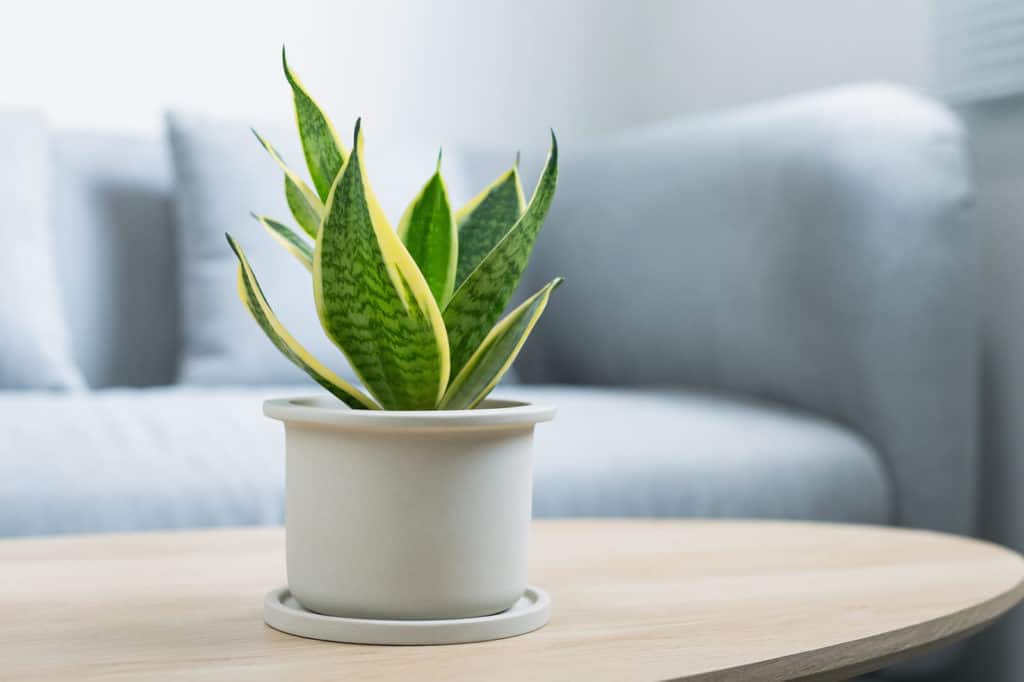
Snake plants are indoor plants from the family of Asparagaceae that adapt themselves very well to indoor environments. They grow in bright or even dark light. A snake plant gives out oxygen even at night and helps to filter the air in your room. Otherwise known as mother-in-law’s tongue, it is a house plant with tiny pale green scented flowers and yellow-striped leaves.
How To Take Care Of Indoor Plants: Snake Plant
- Do not water the plant frequently and allow the soil to dry.
- Water from the bottom of the pot, because it allows the roots to grow downward and deep.
- Keep the plant in a warm spot with temperatures above 50°F for it to thrive.
- The large green leaves of the snake plant can accumulate dust and it is recommended that you wipe the dust off the leaf with a cloth.
3. ZZ Plant (Zamioculcas Zamiifolia)
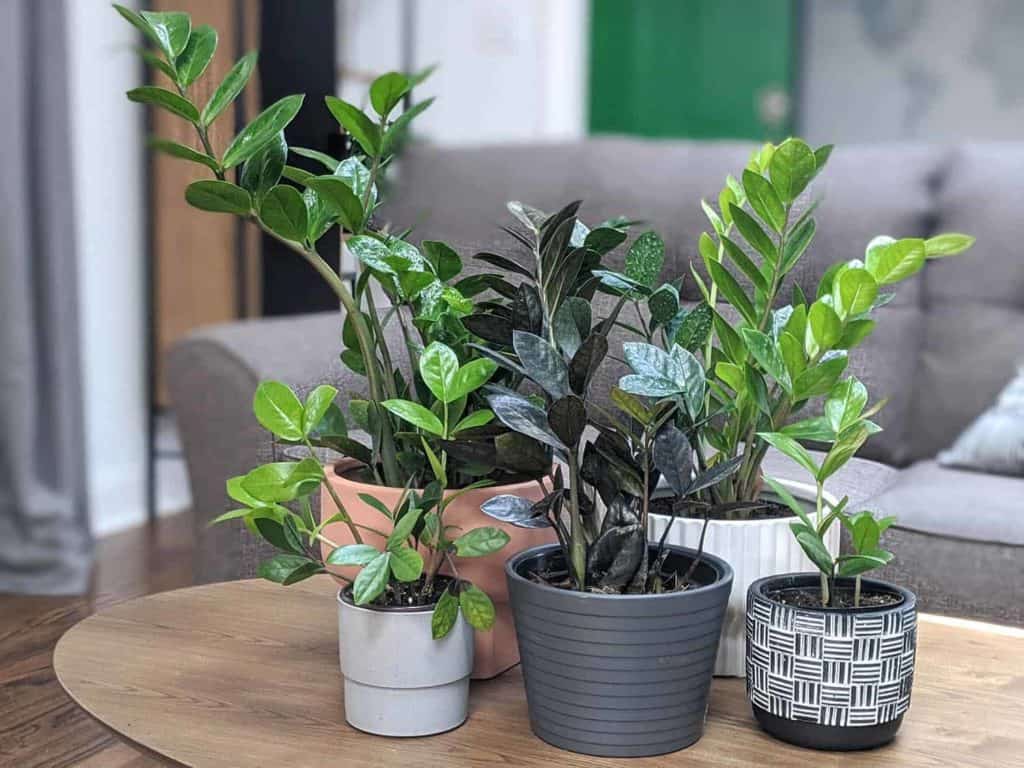
ZZ Plant is a tropical perennial indoor plant that helps to purify the air. They do require direct sunlight but can thrive in medium light and low light. It needs to be watered every two weeks but can survive longer even if you forget to water it (the plant stores up water in its stems). This plant is a perfect indoor plant for offices with a single-window where it receives only a small amount of indirect light.
How To Take Care Of Indoor Plants: ZZ Plant (Zamioculcas-zamiifolia)
- Water the plant only when the soil has dried out.
- If the plant starts to turn yellow means you are watering it too much which can kill the plant.
- Fertilize the plant once or twice a year.
- Do not store the plant in temperatures below 60°F.
- Mix ingredients such as perlite to increase soil aeration as needed.
4. Spider Plant (Chlorophytum comosum)
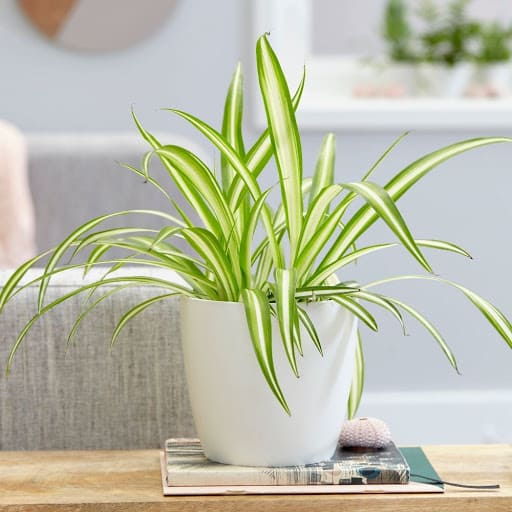
Spider Plants from the family of Asparagaceae is an indoor plant that is extremely adaptable. This plant can thrive in many environmental conditions. These plants can grow in moderate to low-light environments and are known to purify the surrounding space by removing toxins from the air. Also known as ribbon plants or spider ivy, these are evergreen perennial flowering plants native to southern and tropical Africa.
How To Take Care Of Indoor Plants: Spider Plants
- Provide the plants with well-drained soil and bright, indirect light and the plant will flourish.
- Keep the soil slightly moist and watering the plants once a week is sufficient
- The ideal temperature for this plant is around 55 to 65°F.
- Fertilize the plant once every two to three weeks with houseplants fertilizer.
- Some houseplants, including spider plants, are sensitive to fluoride in tap water and it is recommended to use rainwater or distilled water.
5. Devil’s Ivy (Pothos)
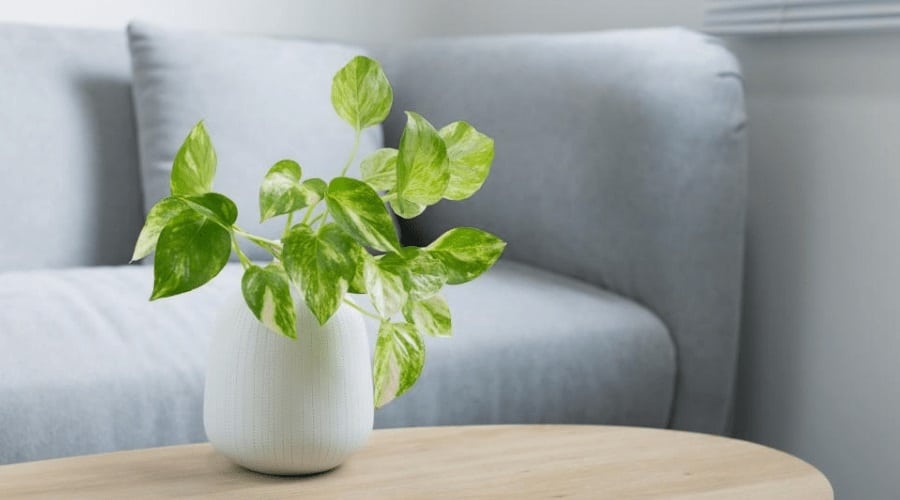
The Devil’s Ivy is an easy-to-care indoor plant from the family of Araceae. This plant does well in bright, indirect light as well as low light. The devil’s ivy has several common names like
- Taro vine
- Marble queen
- Solomon islands ivy
- Money plant
- House plant
- Ivy arum
- Hunter’s robe
- Ceylon creeper
- Golden pothos
It stays green even if you keep it in complete darkness earning itself the name devil’s vine. It won’t flower unless you use artificial hormone supplements.
How To Take Care Of Indoor Plants: Devil’s Ivy
- Let the soil dry well in between waterings.
- Fertilize the plant during the growing season and avoid fertilizing in winter.
- The humidity required for this houseplant to grow is average to high.
- The plant will tell you when it needs water by dropping its leaves.
- It is better to underwater the plant than to overwater this plant.
6. Money Plant
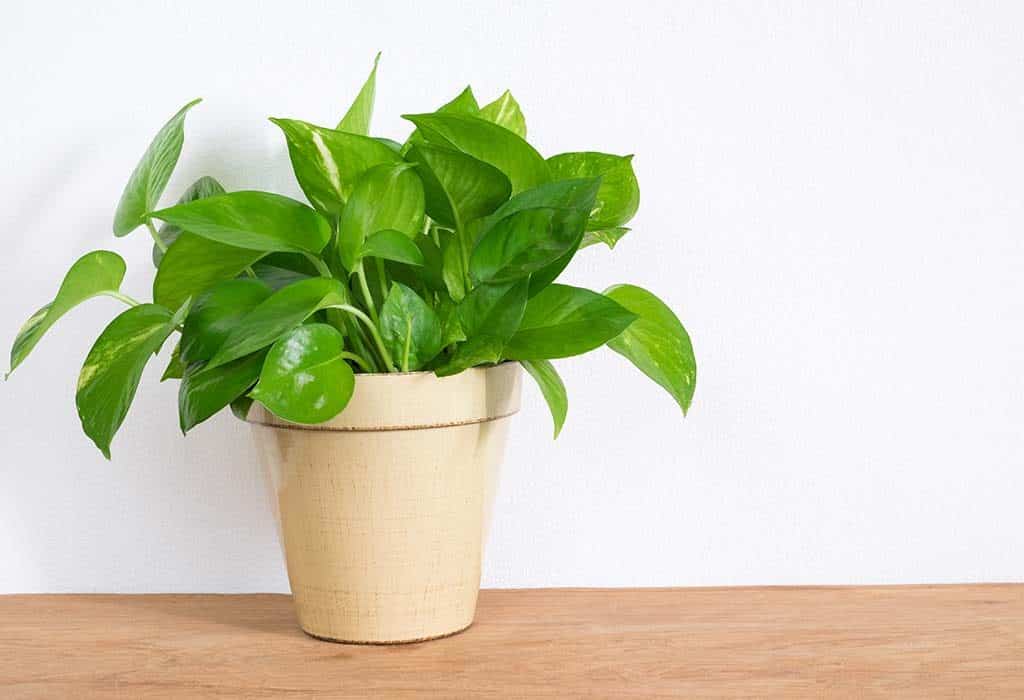
The money plant is a pothos and is one of the most well-known house plants that can be grown in water as well as on soil. It is a creeper that only needs indirect sunlight to grow. They are also known to bring good luck and absorb chemical toxins in the air to release fresh oxygen. The term ‘money plant’ can refer to the following species:
- Devil’s ivy, golden pothos, ivy arum (Epipremnum aurem)
- Pennywort (Hydrocotyle vulgaris)
- Dollar plant, silver dollar, moonwort, annual honesty (Lunaria)
- Jade plant (Crassula ovata)
- Chinese money plant (Pilea peperomioides)
- Malabar chestnut (Pachira aquatica)
How To Take Care Of Indoor Plants: Money Plant
- Feed the plants with organic manure once in 6 months.
- The plant must be given misting every two-three days if air humidity is exceptionally dry.
- Water the money plant once a week.
- Money plants require well-drained soil.
- Select a shady yet bright position with plenty of sunlight for the plant to grow.
7. Chinese Evergreen Plant
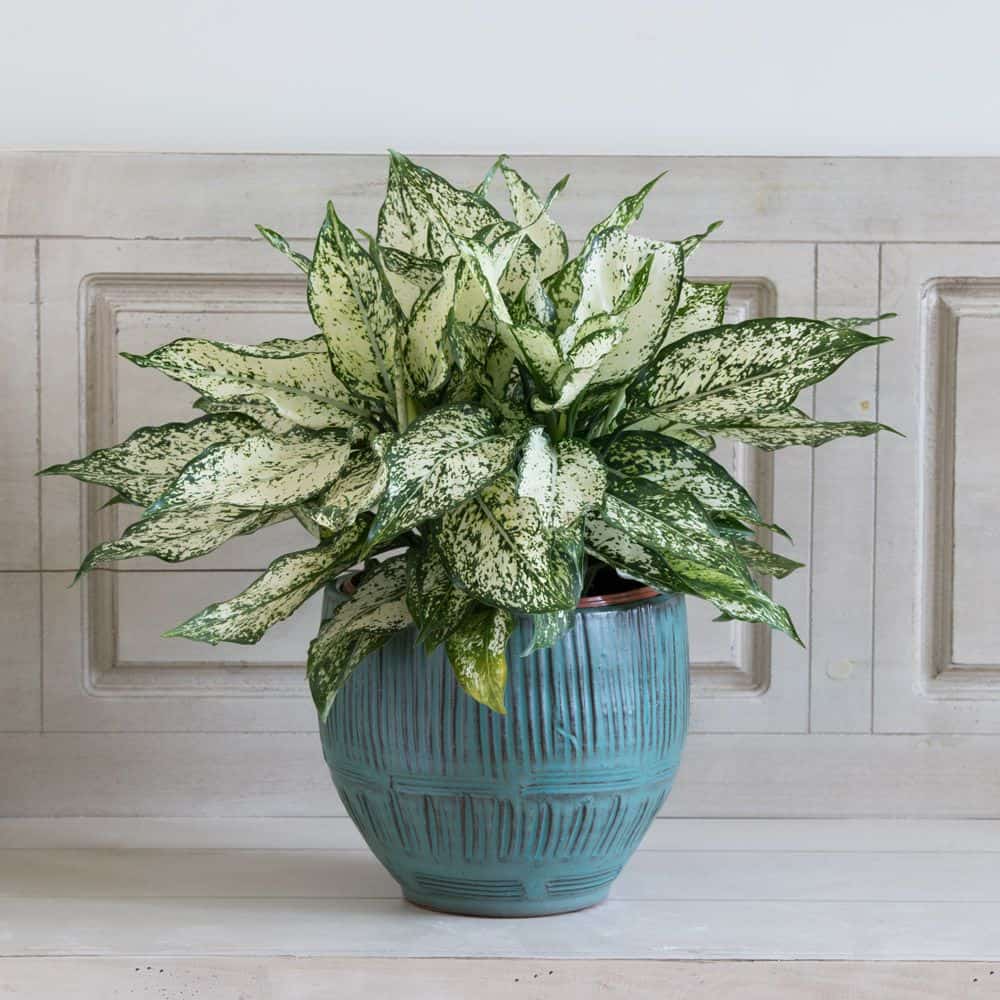
The Chinese evergreen plant comes in different colours and is a very beautiful indoor house plant. They can blossom in medium to low light, that is, in indirect sunlight. You can place this plant anywhere indoors, and make sure that the plant receives warm temperatures and humid conditions. Remember to let a couple of inches of the top soil dry out in between waterings.
How To Take Care Of Indoor Plants: Chinese Evergreen Plant
- Fertilize your plant once a year by using a water-soluble houseplant fertilizer.
- Trim the leaves if they become too large.
- This houseplant can be affected by spider mites, scale, mealybugs, and aphids and you need to check for signs of pests regularly.
8. Peace Lilies (Spathiphyllum wallisii)
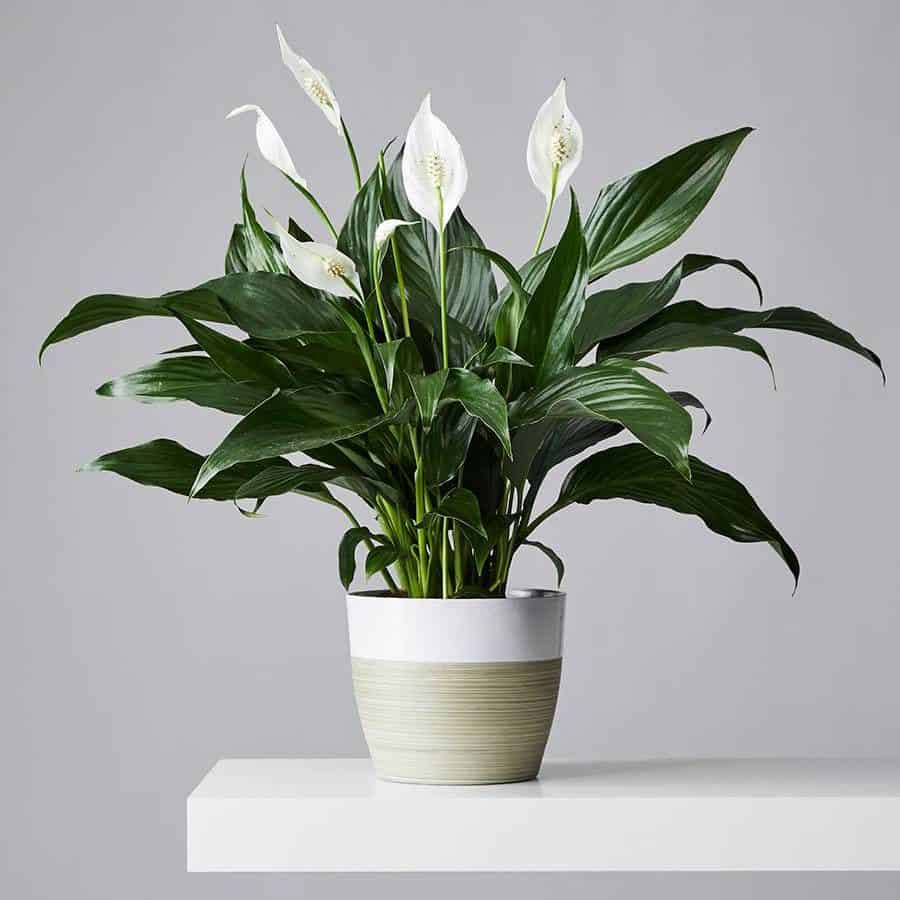
When it comes to the easiest indoor plant to take care of, peace lilies are one of the top choices. Peace lilies, commonly known as spathe flowers or white sails, are herbaceous perennial plants that have dark green leaves with white flowers and can live in low to medium light conditions. Peace Lilies brighten up your indoor living space and are also excellent at cleaning the air of your room. There are 47 varieties of Peace lilies so you never run out of choice. Especially if you have been wondering how to take care of indoor plants, Peace lilies are for you.
How To Take Care Of Indoor Plants: Peace Lilies
- Fertilize them once or twice a year.
- Do not overwater the plant, excess water can kill the plant.
- Keep the soil consistently moist but not soggy.
- Mist the leaves with a spray bottle.
- Trim the unhealthy brown leaves regularly.
9. Philodendron
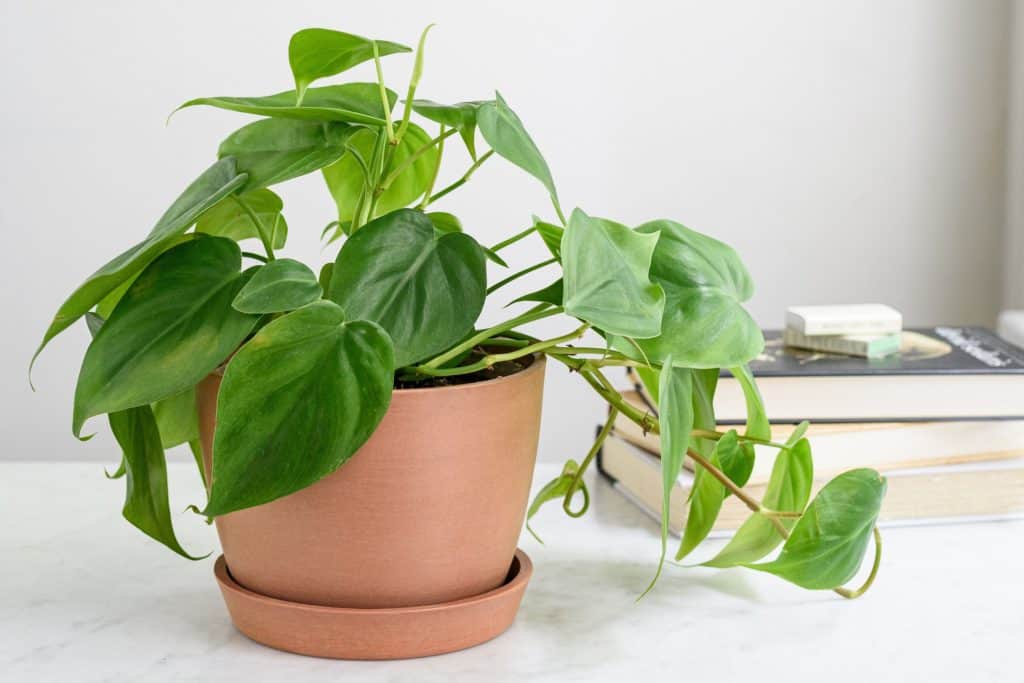
Philodendrons is an indoor houseplant that thrives all year round. It has been derived from the Greek word ‘Philo’ meaning love and ‘dendron’ meaning tree. Taking a Philodendron plant outdoors gives you a chance to flush the soil with plenty of fresh water and clean the leaves. Like most house plants philodendrons do not experience much stress when moving from indoor to outdoor settings.
How To Take Care Of Indoor Plants: Philodendron
- Place the plant in a location with bright, and indirect sunlight.
- Water the plant once in two weeks.
- The average home temperature for the plant to grow is 65°F-75°F.
- Allow the soil to dry out between waterings.
- Use a balanced liquid fertilizer monthly on your plant in the spring and summer seasons.
10. Lucky Bamboo Plant
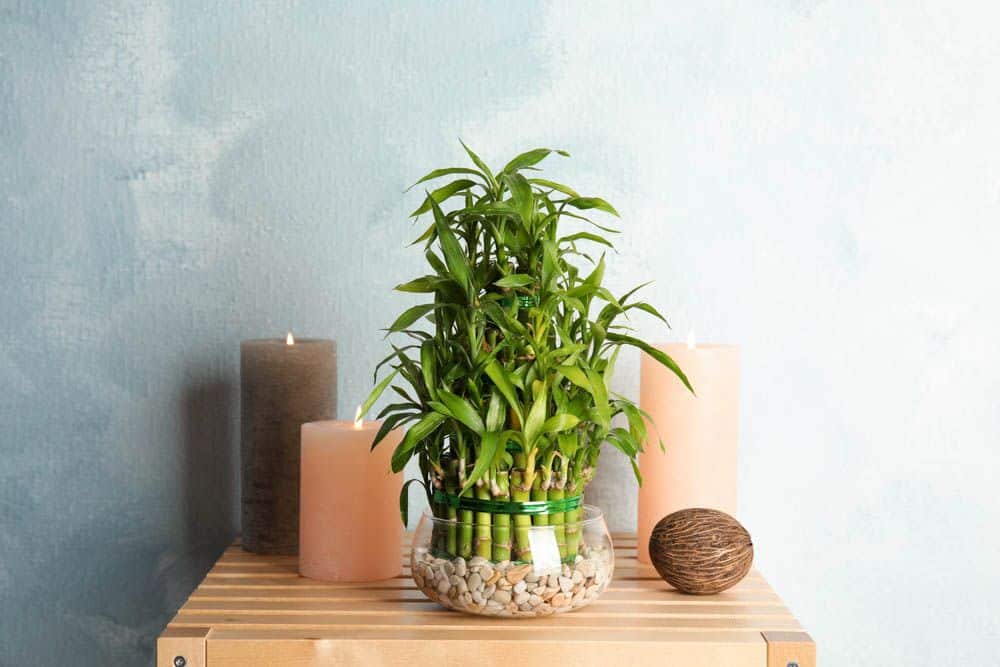
The lucky bamboo plant, also known as the ribbon plant or dragon tree, is a versatile, low-maintenance plant that is available in different sizes. It can grow easily on water as well as on land but grows best in shady areas with low and indirect sunlight. The plant is a symbol of wealth in Feng Shui and you may have to replace it every one or two years.
How To Take Care Of Indoor Plants: Lucky Bamboo Plant
- Clean the growing container and replace water regularly to prevent algae.
- Filter the water to keep the bamboo’s root moist and healthy.
- Providing bamboo with plenty of light and keeping it in the sun allows the plant to grow larger.
- Ensure that the container you will be growing the lucky bamboo has good drainage.
The Bottom Line: How to Take Care of Indoor Plants?
No matter the type of indoor plants you have, they all need basic care to thrive well enough. If you are a novice at this, taking care of indoor plants might seem overwhelming. Apart from regular watering, you might need to snip or prune away a few leaves that are turning yellowish. Here’s how you keep your indoor plants safe and healthy:
- Watering: Remember to keep half to one inch of soil dry.
- Fertilize: The best time to fertilize most indoor plants is in the summer and spring.
- Propagate: Dividing and propagating is an inexpensive way of rejuvenating an overgrown plant.
- Repot: If you notice the roots circling inside its container, you must repot the plant in a slightly larger container.
- Remove dust: Removing dust with cloth or water can improve your plant’s appearance and helps them soak up more sunlight.
- Pruning: You can prune your indoor plants any time of the year but fall is the natural time to do so.
- Trim: Removing dying leaves and deadhead flowers encourages bloom and prevents diseases.
- Control pests and insects: Spray insecticidal soap, water, or alcohol can prevent bugs and insects on plants.
Indoor Plants FAQs:
1. How often should you water your indoor plants?
Generally, the majority of indoor plants are watered during the growing seasons of summer and spring. To be precise, the answer to how to maintain indoor plants is to water them every 10 to 14 days. During winter and autumn, the plants require fewer nutrients.
2. How should indoor plants be watered?
Watering indoor plants is a tricky business because you may overwater them. So here are a few tips on how to keep your indoor plants hydrated:
3. Do indoor plants need sunlight?
Well, all plants need sunlight for photosynthesis to convert water, oxygen, and light into energy (carbohydrates). Some plants however require indirect or moderate sunlight while others need to be placed in the sunniest room of your house. And then there are exceptions like the Devil’s ivy that stays even if you place it in the dark.
4. Why do my indoor plants keep dying?
The main causes of an indoor plant dying are dry soil or low humidity. The leaves might be wilting because of underwatering or overwatering. In such cases, take the plant out of the container and check its roots for excessive dryness, slime or rot.
5. How do you know when a plant needs water?
The best way of figuring out your indoor plant’s need for water is by sticking an inch of your finger into the soil and checking its dryness. If you find it’s still damp, check back in a day or two.






